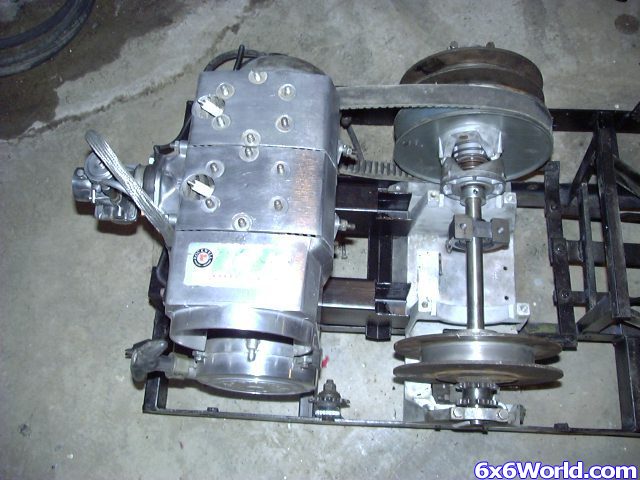As much as I'd like to make the trade, if your machine's going to be for competition, you may want to keep your 6000, John. It's a little lighter, but the big difference is in reliability and strength. The more moving parts you have, the more likely you are to have a failure, especially when the power is being directly transferred through those extra parts.
If it's a racer, you won't need to go backwards anyway.

Stuck in the seventies- not in the swamp.
(6) Attex, a Hustler, a Super Swamp Fox, (2) Tricarts, (3) Tri-sports, a Sno-co trike, 3 Dunecycles, and a Starcraft! ...so far







 Reply With Quote
Reply With Quote







